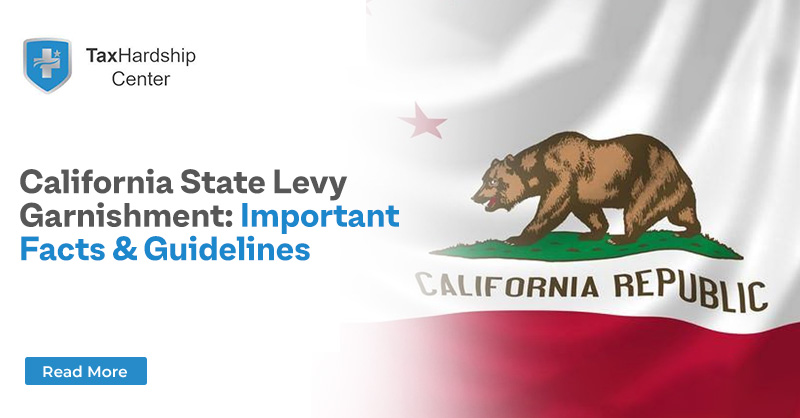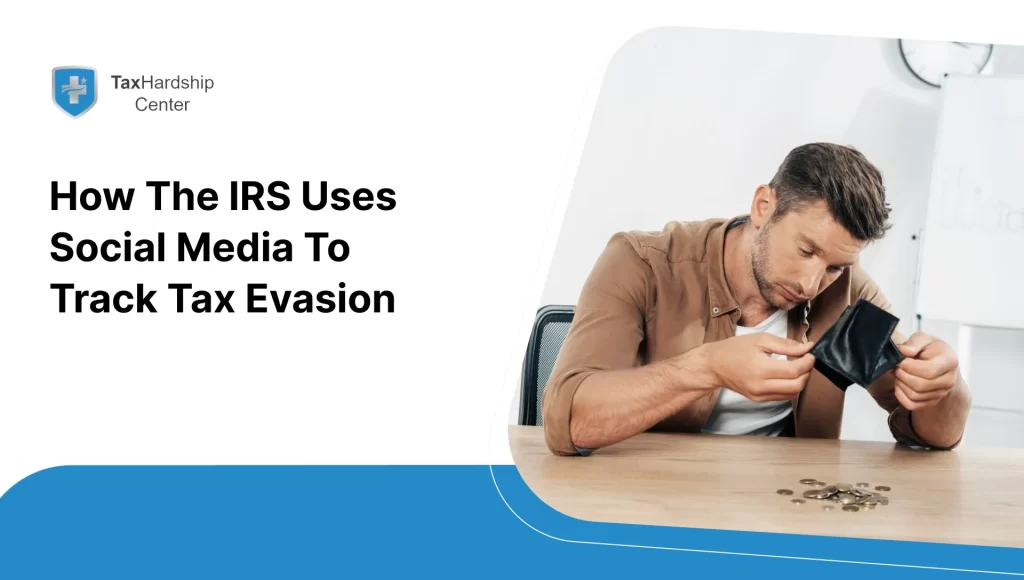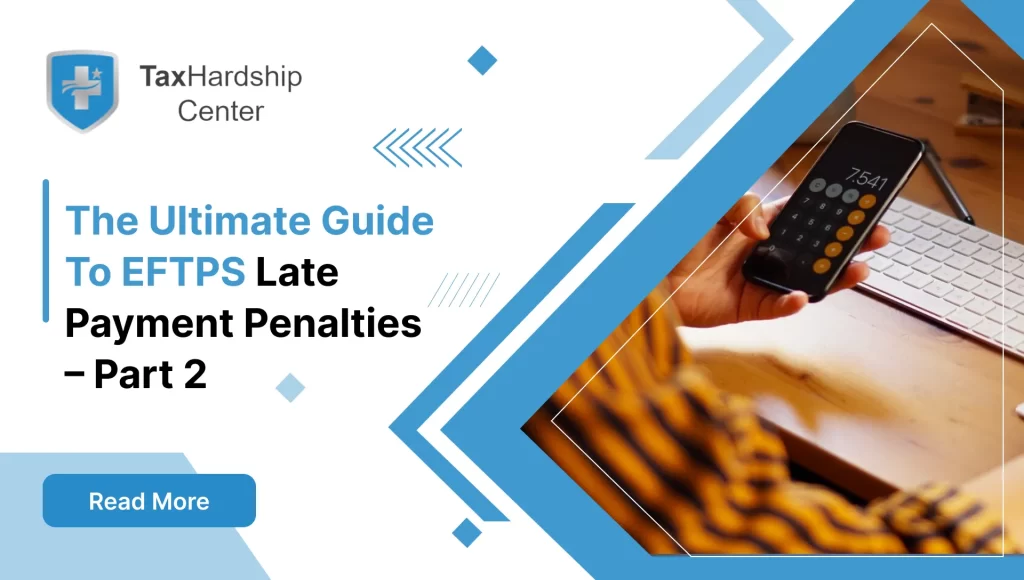Suppose you’re a California resident dealing with outstanding debts and the potential threat of levy garnishment. In that case, it’s essential to understand the laws and procedures surrounding this issue. California State Levy Garnishment refers to the legal process where creditors can collect unpaid debts by seizing a portion of a debtor’s wages, bank accounts, or other assets. This comprehensive guide aims to provide you with critical facts, guidelines, and measures to protect your assets. You can confidently navigate the levy garnishment process by staying informed and knowing your rights.
Let’s look at the basics of California State Levy Garnishment, explaining its purpose, who can initiate it, and the procedures involved. We’ll cover important aspects such as pre-levy notices, the court process, and different forms of garnishment, including wage garnishment, bank account garnishment, and the garnishment of real property and other assets. We’ll also address the duration of levy garnishment and provide helpful tips on protecting your assets from being seized.
Furthermore, we’ll explore potential avenues for resolving outstanding debts, such as seeking legal advice, negotiating payment arrangements or settlements, and considering bankruptcy. Additionally, we’ll address frequently asked questions regarding wage garnishment, the exemption of Social Security benefits, time limits on levy garnishment, and the right to challenge a levy garnishment.
By the end of this comprehensive guide, you’ll have a solid understanding of the California state levy garnishment process, enabling you to make informed decisions and take proactive steps to protect your assets and financial well-being. Remember, being informed is the first step to safeguarding yourself from the potential consequences of unpaid debts.
What is California State Levy Garnishment?
We will explore the procedures involved, such as pre-levy garnishment notices and the court process, and delve into different forms of garnishment, including wage garnishment, bank account garnishment, and the garnishment of real property and other assets. By the end, you will have a solid grasp of this process and how to protect your assets from levy garnishment.
Definition and Purpose
California State Levy Garnishment refers to the legal process in which a creditor collects an outstanding debt by garnishing a debtor’s wages, bank accounts, or other assets. It allows the creditor to obtain a court order to seize a portion of the debtor’s income or assets to satisfy the debt owed. Levy garnishment ensures creditors receive payment for debts owed when other collection methods have been unsuccessful.
Who Can Levy Garnish in California?
In California, various entities can seek a levy garnishment, including:
1. Creditors:
Creditors can request a levy garnishment if they have a court judgment against the debtor. This applies to various debts, such as credit card bills, medical bills, personal loans, and unpaid taxes.
2. Government Agencies:
Government agencies, such as the Internal Revenue Service (IRS) or the Franchise Tax Board (FTB), can also pursue levy garnishment for unpaid taxes.
California State Levy Garnishment Procedures
In California, levy garnishment involves specific procedures that creditors must follow to collect outstanding debts. This section will provide a detailed overview of these procedures, including pre-levy notices and court processes. We will also explore the different types of garnishment, such as wage garnishment, bank account garnishment, and the seizure of other assets. By understanding the procedures involved in California State Levy Garnishment, individuals can take necessary steps to
Pre-Levy Garnishment Notice
Before initiating a levy garnishment, creditors must provide a notice to the debtor informing them about the impending action. This notice, known as a Notice of Intent to Levy, must be sent at least 30 days before the levy garnishment takes effect. It allows the debtor to resolve the debt or seek legal assistance.
Court Process
To obtain a court order for levy garnishment, creditors must file a lawsuit against the debtor and win a judgment. Once the creditor has a judgment, they can request the court to issue a writ of execution, which authorizes the levy garnishment. The writ of execution specifies the amount to be levied and the assets to be garnished.
Wage Garnishment
Wage garnishment is a common form of California state levy garnishment. Once the creditor obtains a court order, they can notify the debtor’s employer, instructing them to withhold a portion of the debtor’s wages. The maximum amount that can be garnished from a debtor’s wages in California is 25% of their disposable income or the amount their income exceeds 40 times the state minimum wage, whichever is less.
Bank Account Garnishment
Creditors can also garnish a debtor’s bank account in California. Once the court order is obtained, the creditor can send a notice of levy to the debtor’s bank. The bank must then freeze the debtor’s account and hold the funds up to the amount specified in the court order. However, certain funds may be exempt from garnishment, such as Social Security benefits, child support payments, and public assistance benefits.
Real Property and Other Asset Garnishment
In addition to wages and bank accounts, California state levy garnishment can extend to seizing other assets, including real property. To garnish real property, the creditor must obtain a court order and record a lien on the debtor’s property. The lien alerts potential buyers or lenders that the debt burdens the property. Other assets that can be garnished include vehicles, stocks, and business assets.
Duration of Levy Garnishment
A levy garnishment remains in effect until the debt is fully satisfied, the judgment is vacated or satisfied, or the garnishment is released. Debtors must comply with the levy garnishment orders and seek legal assistance to explore possible resolutions.
How to Protect Your Assets from California State Levy Garnishment
Taking proactive steps to protect your assets is crucial when facing the potential threat of California State Levy Garnishment. This section will provide essential guidelines for safeguarding your property and finances. By exploring options such as seeking legal advice, negotiating payment arrangements or settlements, and considering bankruptcy, you can work towards resolving your debts while minimizing the risk of levy garnishment. With the right knowledge
Seek Legal Advice
If you are facing California state levy garnishment, it is essential to consult with an attorney who specializes in debt and consumer protection laws. They can guide you through the legal process, help negotiate with creditors, and explore potential resolutions.
Payment Arrangements and Settlements
One way to protect your assets is by negotiating a payment arrangement or settlement with your creditor. They may be willing to accept a lump-sum payment or agree to a monthly payment plan that fits within your financial capabilities. Clear communication and documentation are essential in reaching a favorable agreement.
Bankruptcy as an Option
In some cases, filing for bankruptcy may be an option to protect assets from levy garnishment. Bankruptcy offers an automatic stay, temporarily halting all collection activities, including levy garnishment. Consulting with a bankruptcy attorney can give you a clearer understanding of the pros and cons of this option.
In conclusion, understanding the California state levy garnishment rules and procedures is crucial for individuals facing debt collection. Seeking legal advice, negotiating payment arrangements, and exploring bankruptcy options are essential to protect assets and find a resolution. Stay informed and take proactive measures to navigate through the levy garnishment process.
Frequently Asked Questions
Q1. Can I be fired for wage garnishment in California?
Answer: No, California law prohibits employers from terminating an employee due to wage garnishment. However, this protection does not extend to multiple garnishments or changes in employment.
Q2: Can my Social Security benefits be garnished in California?
Answer: Generally, Social Security benefits are exempt from garnishment in California. However, certain debts such as federal taxes, child support, and student loans may be collected from Social Security benefits.
Q3: Is there a time limit on levy garnishment in California?
Answer: California has no specific time limit for levy garnishment. It remains in effect until the debt is satisfied or legally resolved.
Q4: Can I challenge a levy garnishment in California?
Answer: Yes, you can challenge a levy garnishment in California. Consulting with an attorney can help you understand your options and determine the best action.
Q5: Can a creditor garnish my retirement benefits in California?
Answer: Generally, retirement benefits, such as pensions or 401(k) accounts, are exempt from garnishment in California. However, seeking legal advice is essential to determine if any exceptions apply based on your circumstances.
Q6: Can a levy garnishment be stopped once it has started?
Answer: Once a levy garnishment has started, it can be challenging to halt the process. However, there are certain circumstances where you may be able to stop or modify the levy garnishment. Seeking legal advice is crucial to explore available options and determine the best course of action based on your situation.
Q7: Can I appeal a court’s decision regarding levy garnishment in California?
Answer: Yes, you have the right to appeal a court’s decision regarding levy garnishment in California. You can plead with the appropriate appellate court if you believe there was a legal error or have new evidence that can impact the judgment. It’s essential to consult with an attorney specializing in appeals to assess the viability of your case and guide you through the appeal process.








